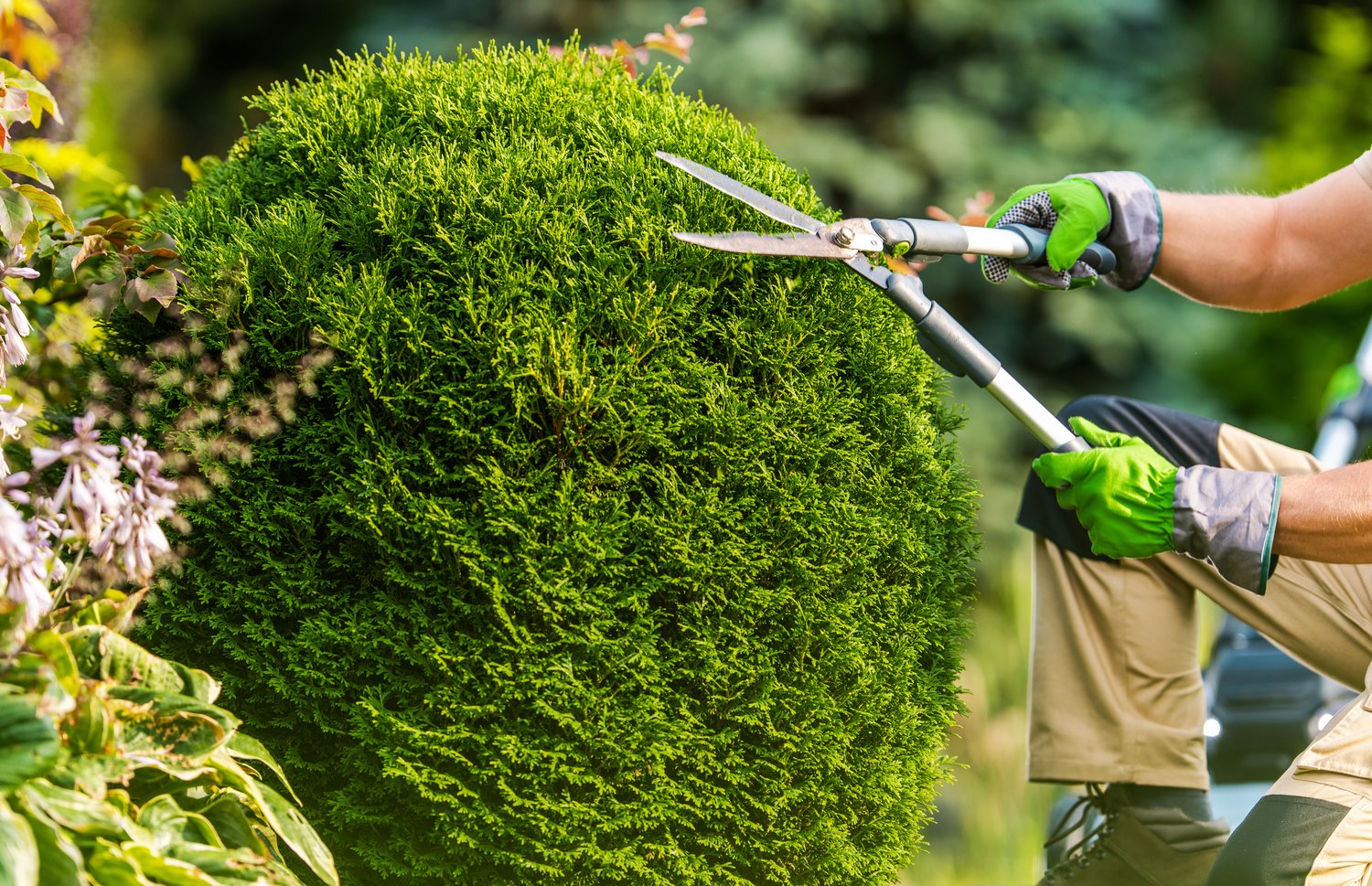Creating an environmentally conscious garden is more than just a trend—it’s a meaningful way to reduce your ecological footprint while creating a beautiful outdoor sanctuary. Sustainable outdoor living practices help conserve precious resources like water and soil while supporting local wildlife and ecosystems. This article explores practical approaches to transform your garden into an eco-friendly haven, from implementing water wise gardening techniques to incorporating recycled materials and native plants that thrive naturally in your local environment.
Understanding the Principles of Sustainable Gardens
The foundation of an eco-friendly garden begins with understanding the basic principles that guide sustainable landscaping. Rather than fighting against nature, sustainable gardening works in harmony with local ecosystems and natural processes. This approach minimizes resource consumption while maximizing benefits to both your household and the surrounding environment. When planning your green landscaping ideas, consider the complete lifecycle of your garden—from soil preparation to plant selection, water management, and ongoing maintenance. By viewing your garden as an integrated system rather than isolated elements, you can create a more resilient and self-sustaining outdoor space that requires fewer inputs over time.
Water Conservation Strategies
Water wise gardening represents one of the most critical aspects of creating a sustainable outdoor space, especially as climate change brings increased drought conditions to many regions. Start by grouping plants with similar water requirements together, a technique known as hydrozoning. This prevents overwatering some plants while underwatering others. Consider installing a rainwater harvesting system with barrels or cisterns to capture roof runoff, providing free irrigation during dry periods. Drip irrigation systems deliver water directly to plant roots, reducing evaporation and runoff by up to 50% compared to conventional sprinklers. Adding a thick layer of organic mulch around plants helps retain soil moisture, suppress weeds, and gradually improve soil quality as it breaks down. Many homeowners using these techniques have reported water usage reductions of 30-50% while maintaining vibrant gardens.
Choosing Sustainable Materials
The materials you select for your garden structures, pathways, and decorative elements significantly impact your overall environmental footprint. Prioritize locally sourced, renewable, or recycled materials whenever possible. Reclaimed wood, recycled plastic lumber, and salvaged brick or stone offer character while keeping materials out of landfills. For garden edging and raised beds, consider naturally rot-resistant woods like cedar or redwood instead of pressure-treated lumber containing harmful chemicals. Permeable paving materials for patios and walkways allow rainwater to filter naturally into the soil rather than creating runoff. As experts at AskHomey suggest, consulting with sustainable landscaping professionals can help you identify the most environmentally responsible materials for your specific project while potentially saving money through creative reuse options.
Embracing Native Plants
Perhaps the most transformative step toward an eco-friendly garden is shifting your plant selection toward native species. Native plants have evolved to thrive in your local climate and soil conditions without requiring excessive water, fertilizer, or pest control. They form the foundation of local food webs, providing essential habitat and nutrition for pollinators, birds, and beneficial insects. Creating diverse plantings of native trees, shrubs, perennials, and grasses can dramatically reduce maintenance requirements while increasing wildlife activity in your garden. Many native plants offer stunning seasonal displays of flowers, fall color, and interesting textures that rival or exceed non-native ornamentals. Even incorporating just 30% native plants into your existing landscape can significantly enhance your garden’s ecological value.
Natural Pest Management
Sustainable outdoor living means moving away from chemical-heavy approaches to pest control. Start by building healthy soil through composting and minimal tillage, as robust plants naturally resist many pest problems. Encourage beneficial insects like ladybugs, lacewings, and predatory wasps by providing diverse plantings and habitat features. When intervention becomes necessary, opt for targeted, organic solutions rather than broad-spectrum pesticides that harm beneficial organisms. Simple methods like introducing nematodes for grub control, using insecticidal soaps for soft-bodied pests, or setting up physical barriers around vulnerable plants can effectively manage common garden problems without introducing harmful chemicals into your ecosystem.
Creating Compost Systems
Implementing a compost system transforms garden and kitchen waste into valuable soil amendment while diverting materials from landfills. Even small gardens can accommodate compact composting solutions like tumblers or worm bins. The resulting compost improves soil structure, increases water retention, and provides slow-release nutrients to plants without chemical fertilizers. Consider establishing multiple compost areas: one for active additions, another for materials in the decomposition phase, and a third for finished compost ready to use. This system ensures you always have compost at different stages of readiness. Regular application of finished compost builds soil organic matter over time, creating increasingly fertile growing conditions that reduce or eliminate the need for synthetic inputs.
Starting Your Sustainable Garden Journey
Transitioning to sustainable outdoor living practices doesn’t require a complete garden overhaul. Begin by implementing one or two green landscaping ideas each season, gradually building toward a more eco-friendly garden. Focus first on water conservation and soil building, as these provide the foundation for all other sustainable practices. Document your changes and observe the results, adapting your approach based on what works best in your specific conditions. Remember that sustainable gardening is a journey rather than a destination—each season brings new opportunities to refine your methods and deepen your connection with the natural world through your garden.
For more tips and to connect with reliable home service professionals, follow AskHomey on Facebook and Instagram.



